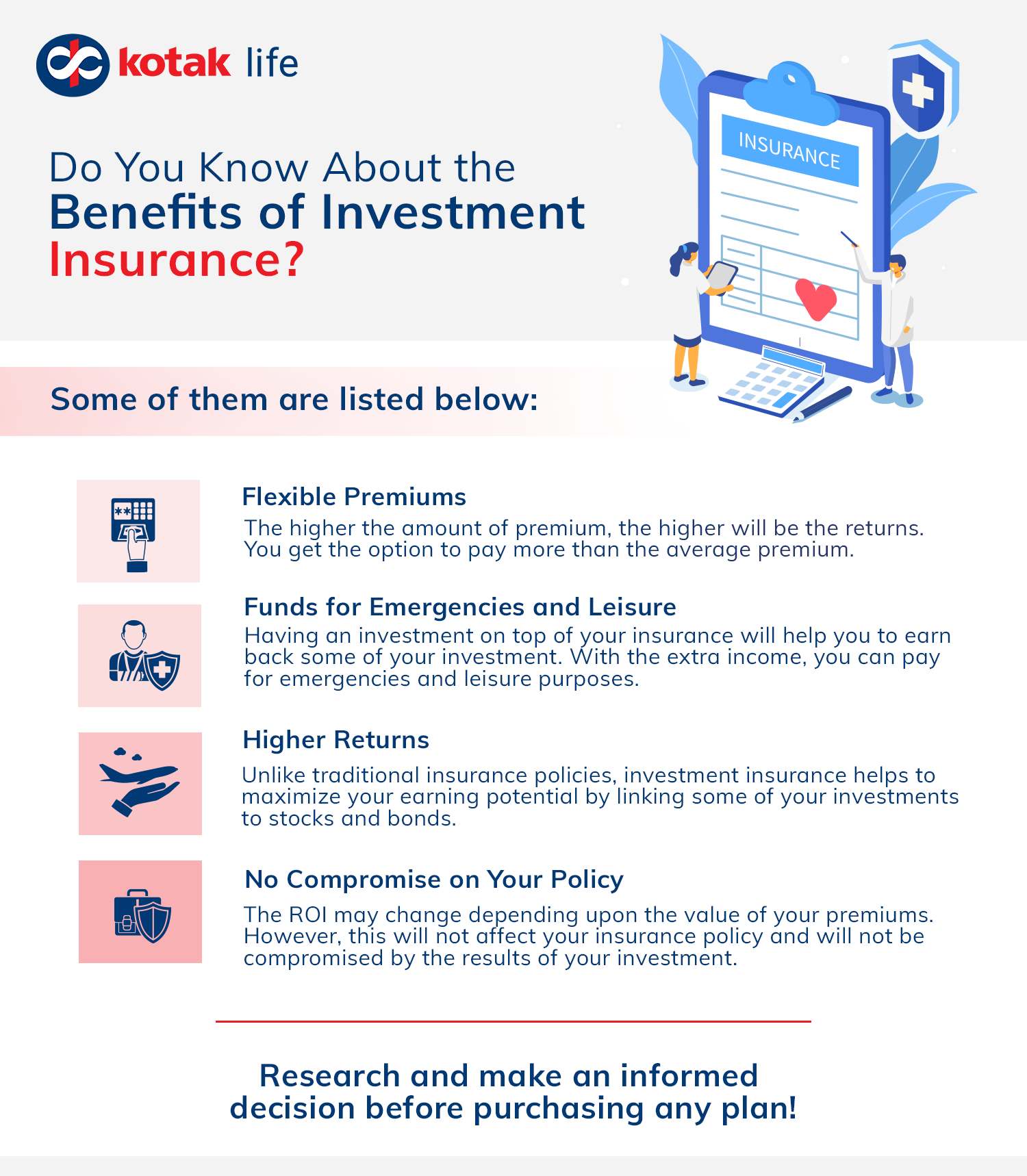Indicators on Pacific Prime You Should Know
Indicators on Pacific Prime You Should Know
Blog Article
Some Known Facts About Pacific Prime.
Table of ContentsThe 10-Second Trick For Pacific PrimeThe Ultimate Guide To Pacific PrimeThe Basic Principles Of Pacific Prime Pacific Prime Fundamentals Explained
In most states, the insurance provider is required to send you a duplicate of the changes to your policy. It is very important that you review Endorsements or Motorcyclists so you understand just how your policy has altered and if the plan is still adequate to satisfy your needs. To get a copy of your insurance coverage, please call your insurance coverage agent or business.
The Institute of Medication (IOM) Committee on the Consequences of Uninsurance launches an extensive assessment of evidence that addresses the relevance of wellness insurance coverage with the publication of this report. Insurance coverage Matters is the very first in a collection of 6 reports that will be released over the next two years recording the reality and consequences of having an estimated 40 million people in the USA without medical insurance coverage.

The Buzz on Pacific Prime
The objective of this series of studies is to refocus plan attention on a historical issue. Adhering to the lengthiest economic expansion in American history, in 1999, an estimated one out of every 6 Americans32 million adults under the age of 65 and more than 10 million childrenremains without insurance (Mills, 2000).

10 percent of the populace accounts for 70 percent of health and wellness treatment expenses, a relationship that has actually remained constant over the past 3 decades (Berk and Monheit, 2001) - international health insurance. Hence medical insurance continues to serve the function of spreading danger even as it significantly funds regular treatment. From the point of view of healthcare carriers, insurance carried by their patients helps secure an earnings stream, and communities benefit from economically viable and secure healthcare practitioners and establishments
Government gives medical insurance to populations whom the private market might not serve effectively, such as disabled and elderly individuals, and populations whose access to healthcare is socially valued, such as children and expecting women. The supreme ends of medical insurance protection for the private and areas, including workplace neighborhoods of workers and companies, are improved health and wellness outcomes and lifestyle.
The Best Strategy To Use For Pacific Prime
Employees rank medical insurance first without a doubt in importance among all the benefits provided in the workplace (Salisbury, 2001). There have actually been large financial investments of individual and public funds to supply health insurance, many individuals still have no protection. Regardless of comprehensive reporting of study findings and health care study results, the public continues to be confused and mistaken about Americans without medical insurance and the effects of lacking coverage.

Without doubt, the intricacy of American healthcare funding mechanisms and the wealth of resources of details include in the general public's confusion and suspicion about health and wellness insurance policy data and their analysis. This record and those that will follow goal to distill and offer in easily understandable terms the comprehensive research study that bears upon concerns of medical insurance coverage and its importance.
Fifty-seven percent of Americans questioned in 1999 believed that those without medical insurance are "able to obtain click here for more the care they require from medical professionals and health centers" (Blendon et al., 1999, p. 207). In 1993, when nationwide interest was concentrated on the problems of the uninsured and on pending healthcare legislation, simply 43 percent of those surveyed held this belief (Blendon et al., 1999).

They additionally receive fewer preventative solutions and are much less likely to have normal care for persistent conditions such as hypertension and diabetic issues. Persistent illness can cause pricey and disabling complications if they are not well handled (Lurie et al., 1984; Lurie et al., 1986; Ayanian et al., 2000). One nationwide survey asked even more than 3,400 adults concerning 15 extremely serious or dark conditions.
The 9-Minute Rule for Pacific Prime
Additional evidence exists later on in this phase in the discussion of insurance policy and accessibility to healthcare. https://www.blogtalkradio.com/pacificpr1me. Individuals without health insurance are young and healthy and select to do without insurance coverage. Nearly fifty percent (43 percent) of those evaluated in 2000 thought that people without medical insurance are much more most likely to have health issue than people with insurance
Citizens and policy manufacturers in emphasis team conversations characterize those without insurance policy as youths that have the opportunity to be covered and feel they do not need it (Concierge Novelli, 2001). Compared to those with a minimum of some exclusive insurance coverage, the uninsured are less most likely to report remaining in outstanding or very great wellness (Firm for Medical Care Research and Quality, 2001).
RESOURCE: Facility for Price and Financing Researches, Firm for Healthcare Research Study and Quality, based upon MEPS data. Young grownups between 19 and 34 are much more likely to do not have medical insurance than any kind of other age. This is mainly because they are less often qualified for employment-based insurance coverage because of the nature of their work or their short period in it.
The understanding that people without insurance have better-than-average wellness adheres to from perplexing the relatively young age profile of the uninsured with the better wellness, generally, of more youthful persons. This covers the link in between health standing and medical insurance. For those without access to work environment health insurance, bad wellness is a prospective obstacle to acquiring nongroup insurance coverage because such coverage may be highly priced, omit preexisting conditions, or be just not available.
Report this page